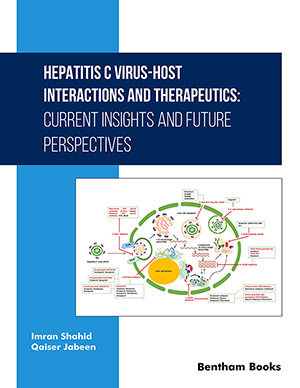Abstract
To put an end to hepatitis C from the world, the quality and equity of
hepatitis C screening, diagnosis, and treatment must be accessible to everyone infected
with the virus, regardless of age, sex, racism, nationalism, and religious differences. If
several key strategies are successfully implemented, countries could collectively meet
the WHO target of reducing new HCV infections by around 80% by 2030, compared
with 2015. But even with successful implementation, the target of reducing HCV
mortality by 65% would take until 2032, according to recent data. To evaluate the
power of several interventions those help to reach these goals, several transmission
models with data from affected countries that comprise hepatitis C patients
demographics, virus prevalence in vulnerable populations, current dynamics of
prevention programs, the natural history of hepatitis C and its prevalence, and
percentages of deaths caused by hepatitis C must be considered. In addition to that, the
models to project what it would take to reach the targets would need to change and
improve blood safety and infection control, vertical transmission of hepatitis C
infection, extending harm reduction services for PWIDs, expanded testing, and
increased treatment with DAAs, with intensive improvements in public health care
sectors and strong political will in third-world countries where hepatitis C is almost
endemic would be required. In this book chapter, we are focusing on the achievements
of the GHSS 2016-2021 plan for hepatitis C with their probable implementations in
WHO member states as well as cross-cutting priority actions for the next decade.
Keywords: Community engagement, Diagnostic burnout, Digital health, HCV self-testing, HCV micro-elimination model, HCV macro-elimination model, Hepatitis C elimination, Linkage to care, Monitor outcome, Mobile diagnostic units, National framework, Potential program integration, Reflex HCV testing, Scale-up HCV testing, Task-shifting, Universal DAAs coverage, Virus surveillance.






















